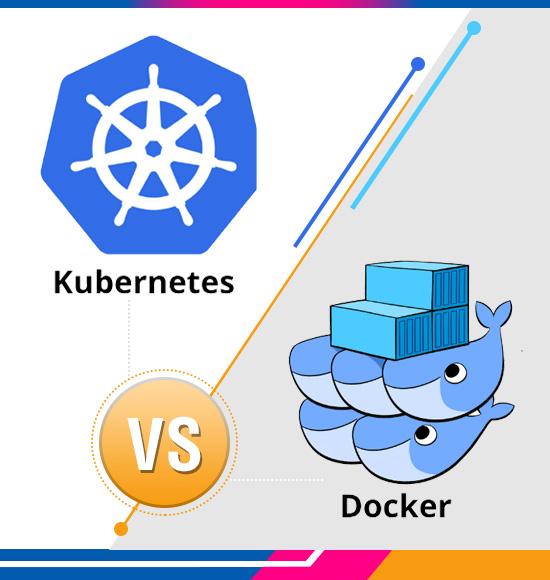Uses Of MongoDB: An Imperative Perspective
In today’s data-driven world, enterprise owners need to make the most of their data by organizing it for effortless accessibility. That’s precisely where a MongoDB database comes in. It is a document-oriented NoSQL database used to store high-volume data. It defies the traditional methods of utilizing tables and rows and instead leverages collections and documents. That’s precisely the purpose and definition of NoSQL Database in a terse way.
In MongoDB Database, documents are the basic units of data. These documents are quite similar to JavaScript Object Notation but adopt a variant called Binary JSON (BSON). This enables users to accommodate more data types. The values included can be of a variety of data types, including other documents, arrays, and arrays of documents.
In MongoDB Database, sets of documents are called collections. These collections function as the equivalent of relational database tables. Collections can contain any type of data, however, collections can not be spread across different databases.
Initially, NoSQL Database climbed a wave of popularity to a peak of Puffed Up Expectation, then gradually fell to the Trench of Disillusionment. NoSQL Databases are now standing with its head held high on the Highland of Productivity and Efficiency. These databases are flexible enough to adapt themselves to the comfort zones of enterprise owners and as per the use cases.
NoSQL Databases like MongoDB are a great choice when data is document-centric and does not fit well into the schema of a relational database when one needs to accommodate a massive scale of data when one is rapid prototyping and a few other cases which will be mentioned comprehensively in this article. But first, let’s zoom in a bit more into MongoDB Database.
Diving into MongoDB Database

Most the enterprises use MongoDB database as a distributed database on multiple and geographically spread out servers in a configuration called a cluster. Clusters enable MongoDB Database to scale horizontally across many servers with auto-balancing. They also allow applications to replicate data across servers to ensure high availability through the replica sets feature, which further ensures enhanced overall performance and reliability of MongoDB Cluster.
MongoDB supports multi-document ACID transactions. This means in case a connection breaks before a transaction is completed, then the database rolls back all of the changes it made in the course of the transaction.
To get data into and out of databases, MongoDB database utilizes MongoDB Query Language (MQL). It uses the same syntax as documents, further easing the development process, however, it is not as intuitive as SQL – the standard query language for relational databases.
MongoDB Use Cases
MongoDB databases are well suited for certain use cases. Let us understand how in this very section of this article.
Massive-Scale Data

NoSQL databases are specially designed to cater to handling big chunks of data. They are designed to scale well horizontally across multiple servers. MongoDB’s built-in support for sharding enables developers to scale clusters just by adding machines. This feat is extremely easy to accomplish in a cloud environment, which ensures minimal latency. This approach is not only easy but also more cost-effective than businesses used to have. Earlier, enterprises had to provide their data centers with enough server storage and CPU resources for the highest use cycles and had to leave their systems underutilized when loads decreased. However, with MongoDB database, developers need not worry.
Caching and High Availability
MongoDB’s capability to effortlessly create replicas makes it natural for applications that demand high availability. If a primary server goes down, MongoDB database can swap in a secondary server to take over as the primary server. Meanwhile, data can be cached on servers close to users who need it, further minimizing latency for data analysts who want the latest data to create business reports.
Rapid Prototyping
NoSQL Databases are well-suited for businesses that build new products. Specifications and capabilities often change during the development process, especially at the prototyping stage. Prototyping is referred to as the experimental process where design teams turn ideas into tangible forms from paper to digital medium. When developers utilize a relational database with a defined schema, it takes a lot of time in revising data structures and converting data. In a rapid development environment, developers would require to do that over and over again.
MongoDB Database, on the other hand, has no rigid schema. It just contains key-value pairs of documents which provide developers with more flexibility.
Streaming Feeds
Document databases are alternatives to data warehouses for rapidly changing datasets. As the name suggests, a data warehouse utilizes a columnar relational database in which data is structured and well-organized. This ensures a fast repository for analytics, however, the repository is extremely inefficient when it comes to updating and inflexible when schemas change.
MongoDB Database includes a feature named Change Streams. These are real-time streams of all changes that occur in the database. If the application inserts, updates, or deletes any of the data in the collection, MongoDB database triggers a change event and highlights all the data that is modified across all replicas. This makes MongoDB a great backend for applications that manage streaming feeds.
Content Management and Cataloging

Content-based applications are a special case of streaming feeds. For instance, in a retail shop, new products go and come very often. Consequently, product inventories change as units are sold and price changes too. Hence, developers can create data models based on the retailer’s requirements in the form of JSON to represent the way the company handles inventory and sales with a flexible and dynamic structure that even a novice can modify easily.
Now, it must be clear that MongoDB database is a great alternative for a variety of use cases. It is flexible enough to mold itself according to use cases and the requirements of enterprises. As enterprises have valuable data, the demand for MongoDB is increasing day by day.
This is exactly why we at Copperchips, are experts at providing its services. We can assist you in unlocking the true potential of your data by replicating it in your company’s data warehouse. Sign up today and catch a glimpse of our agile working model.




